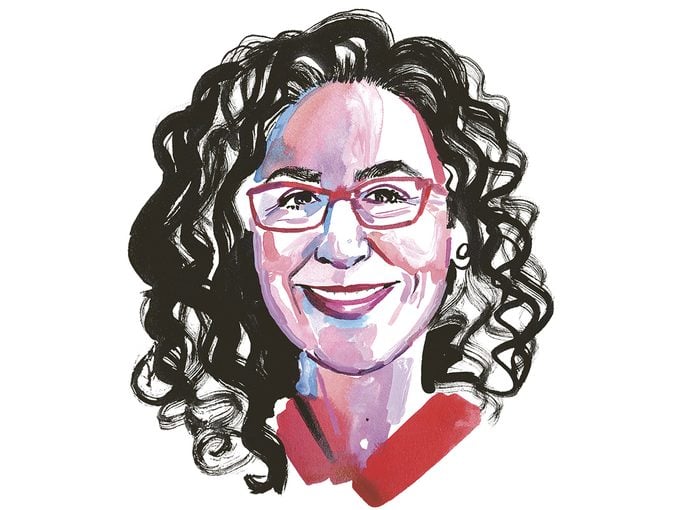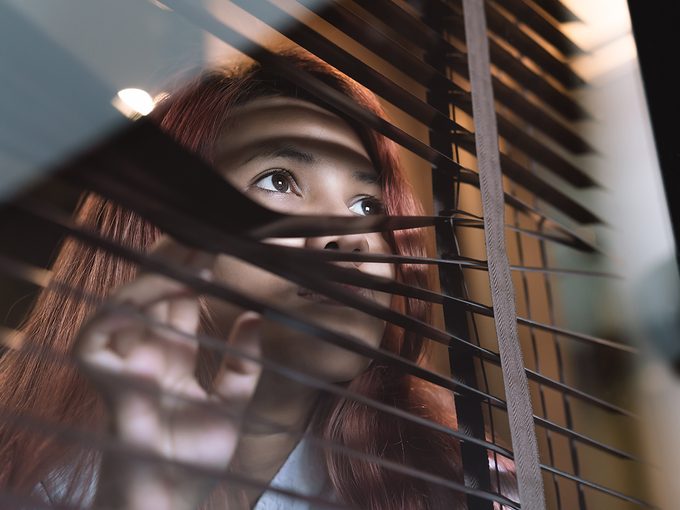Has the Pandemic Made Us All Agoraphobic?
Psychologist Melanie Badali reveals what a diagnosis of agoraphobia really entails.

Reader’s Digest Canada: Let’s start with the obvious: what is agoraphobia?
Melanie Badali, psychologist: The common oversimplification is that agoraphobia is a fear of leaving the house, but it’s more complicated than that. You could almost say that agoraphobia is a fear of being in situations that will cause panic; this feeling of I’m going to be in this situation and I’m going to be trapped. It has to do with enclosed spaces—public transit, elevators, airplanes, lineups—but it’s not just the fear of one particular setting, which would be a more basic diagnosis. When diagnosing agoraphobia, we are looking for two or more environments where the person experiences the fear.
What else are you looking at from a diagnostic perspective?
The physical symptoms are often similar to a panic attack: rapid heartbeat, trouble breathing, dizziness. And then a person will probably report that they are unable to do things or be in situations that used to feel okay. There is a sense of your world getting smaller and smaller. With all phobias, it needs to be persistent: at least six months of the same issue. There needs to be an interruption of a person’s ability to function in day-to-day life. And then we’re looking for an overestimation of the threat and an underestimation of coping ability.

After two years of COVID-related confinement, have you seen or do you expect an uptick in agoraphobia diagnoses?
We know that COVID has caused an uptick in stress and anxiety, but part of agoraphobia is fear being out of proportion to risk, and that doesn’t necessarily line up with the fear of public spaces during the pandemic, where the threat was real. I think that most people who are anxious about re-entering society after COVID will take small steps and realize that it is not actually that scary. They will have good experiences out in the world and anxiety will subside, so you won’t have the persistence I mentioned.
So there’s no such thing as COVID-induced agoraphobia?
It is possible that the pandemic created conditions that could trigger a person with high susceptibility (a family history, for example). At this point, we just don’t have the data to know. But again, if a person is scared of getting COVID, that is a different thing. With agoraphobia, the fear is that they might actually die from panic (like, a racing heart will lead to a heart attack). Or they are worried that they might lose control (start trying to smash the windows on an airplane, for example). Some people will have the insight to recognize that their fear is disproportionate to the situation, but the reality is that for most people who come to see me, they are there because a loved one has said to them, “I’m worried about you.”
What does treatment for agoraphobia look like?
I am a cognitive behavioural therapist, so the goal is actionable solutions. Often that means exposure therapy—if you’re afraid of being in an elevator, we will start by standing and just watching the doors open and close, and then step in and step out. It’s gradual, and it only works with repetition over time—like practising the piano. The hope is that as well as realizing that their fear is overblown, people will remember the positives associated with pushing past their fear.
Now that you know what agoraphobia is, check out this expert advice on overcoming a fear of flying.






